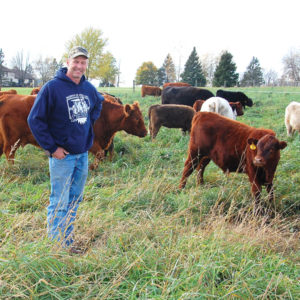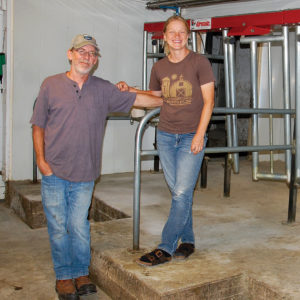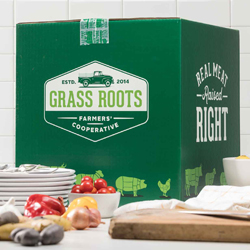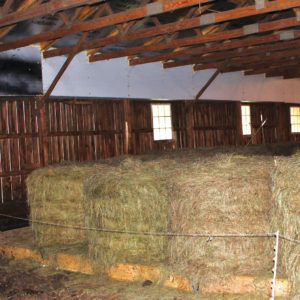Greg Nowicki manages well, but doesn’t push too hard
By Joel McNair
Athens, Wisconsin — When it comes to direct marketing his grass-finished beef, Greg Nowicki says “that’s just not me.”
Each year Greg does sell a few wholes, sides and quarters to local folks. Marketing much more than that from this rural north-central Wisconsin locale would require more sales effort than he is willing to expend. Slots at local processing facilities are booked up many months into the future, thus providing a major hurdle to growing any direct sales venture.
So Greg chooses to ship at least 80% of his cattle through the Wisconsin Grass-fed Beef Cooperative and its Wisconsin Meadows label.
Continue reading “Relaxed intensity works for this grazier”




